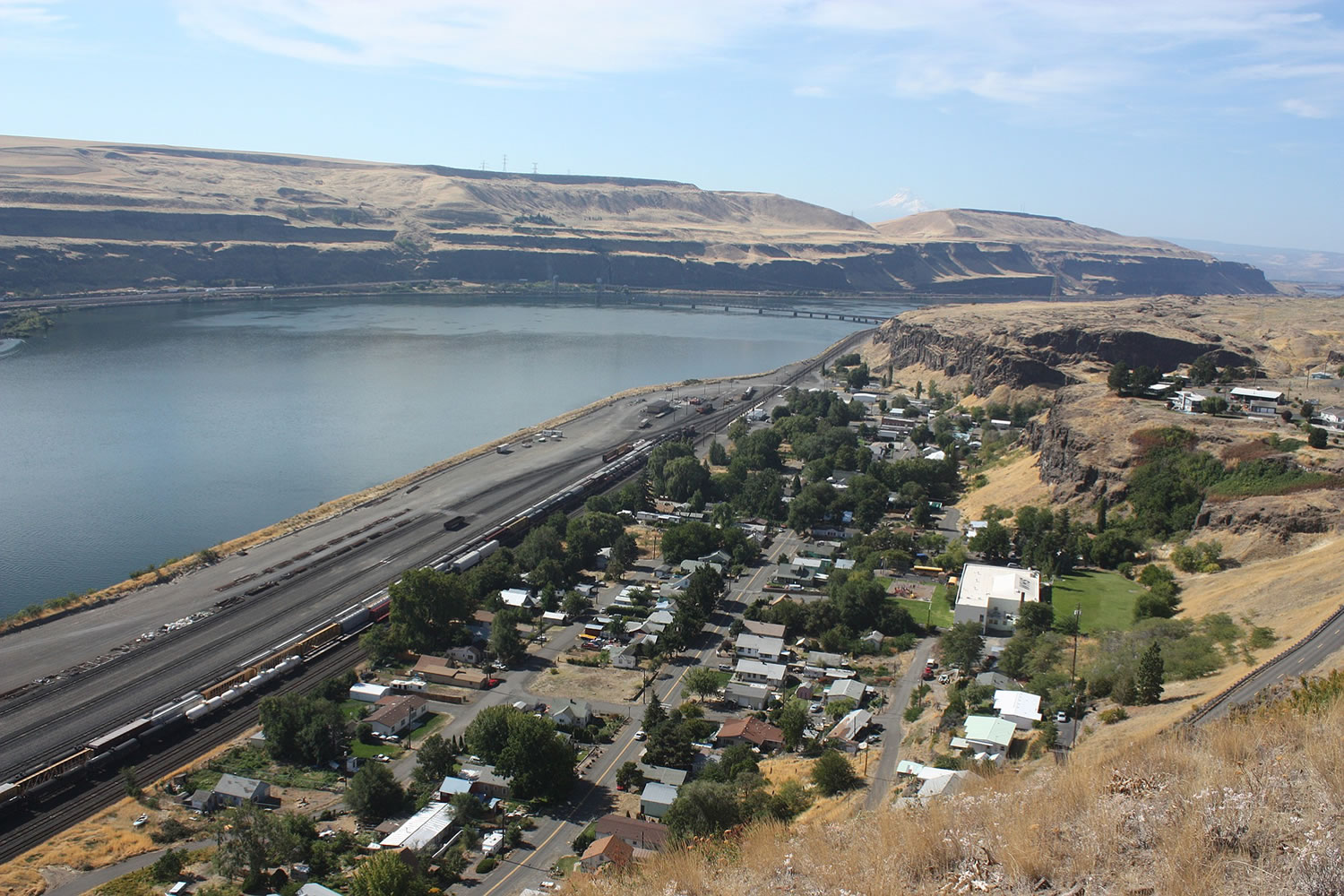From fur-trading centers to an atomic-energy site, several communities along the Columbia River started as company towns. Some of the places that were established by one company or agency along the Columbia River as it flows toward the Pacific:
Coulee Dam
Coulee Dam was established in 1933 by the U.S. Bureau of Reclamation as headquarters for the construction of the Grand Coulee Dam. Portions of the community were in Okanogan, Douglas and Grant counties. Coulee Dam was incorporated as a town in 1959.
Richland
In 1942, the farm town of Richland had a population of 247, according to the city's website. Seeing the remote location, abundant water supply and mild weather, the federal government claimed Richland as part of its Manhattan Project. Almost overnight, it became a federally owned town of 11,000. Thousands of workers from across the nation converged to construct facilities to produce plutonium for the world's first nuclear weapons.
Richland was incorporated in 1958, transforming itself from a federally controlled atomic energy community into a city.
Wishram
A town was established in 1914 to support the Spokane, Portland & Seattle Railway. George Bunn opened Wishram's first store in 1911. He filed a plat of the town in 1914, naming it Fallbridge. The name was changed to Wishram in 1926.
Vanport, Ore.
Henry Kaiser built housing at what now is Delta Park in north Portland in 1943 for shipyard employees, including ones who worked in Vancouver. Vanport became the second-largest city in Oregon, with a population of 40,000 -- although it was never incorporated.
Vanport was the nation's largest public housing project, with its own post office and police station, as well as five elementary schools.
A flood on May 30, 1948, washed away Vanport, which then had a population of about 18,500. Fifteen people died.
Some displaced families were temporarily housed in Vancouver, in units of the McLoughlin Heights wartime housing development.
There is one major legacy. The Vanport Extension Center, which offered two years of college, is now Portland State University.
Vancouver
Established in 1825, Fort Vancouver was headquarters of the Hudson's Bay trading empire. The fort's chief factor -- Dr. John McLoughlin was the most prominent -- held immense power.
"He was the embodiment of the Hudson's Bay Company and its power from the crest of the Rockies to the Pacific Coast, and from Mexican California up to Russian Alaska," Greg Shine, National Park Service historian, explained. "He was the man."
The company's dominance at Fort Vancouver played out in day-to-day life.
"There was no currency," Shine said. "You could make a purchase at the company store, and your account would be debited. A weekly ration of food would be provided. If you were an officer, housing was provided." If you were an ordinary employee, "You had to fend for yourself in the workers village," Shine said.
The U.S. Army arrived in 1849, and the city of Vancouver was incorporated in 1857. With its influence dwindling, the Hudson's Bay Company finally abandoned Fort Vancouver in 1860 and relocated to Victoria, B.C.
Longview
In 1918, Missouri timber baron Robert A. Long decided to move his operation out to the West Coast. At the time, the city named for him "was the only planned city of its magnitude to have ever been conceived of and built entirely with private funds," according to the Longview website.
It was officially incorporated on Feb. 14, 1924, and a municipal government was established.
In addition to building a city to support the 14,000 men required to run his two mills, the timber baron also donated money for R.A. Long High School, the YMCA building, and the Longview Public Library.
Astoria, Ore.
The oldest American settlement west of the Rockies originated as Fort Astoria, set up by John Jacob Astor's men in 1811. Astor, who never did visit Astoria, became America's first millionaire. Astoria was incorporated on Oct. 20, 1876.
-- Tom Vogt




